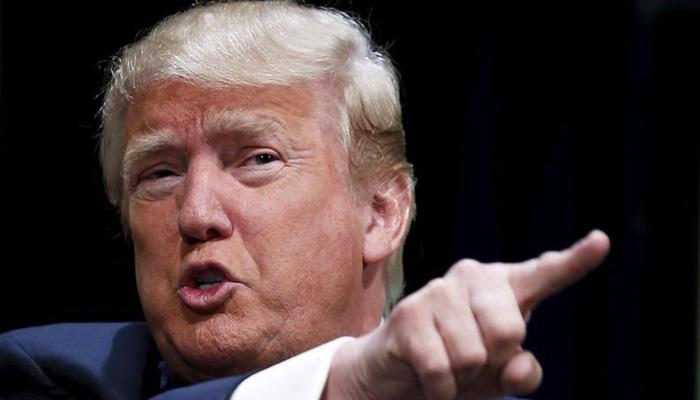There was a bipartisan consensus on free trade for almost three decades since the 1980s. The bilateral and multilateral Free Trade Agreements (FTAs) have grown exponentially in the previous decades. The global ride on free trade got a break in the last few years with protectionist leaders such as Donald Trump at the helm of state affairs. Protectionism was the major theme around which Trump’s presidential campaign revolved. He repeatedly talked about America losing to countries like China, Mexico due to free trade policies by previous governments, and promised to rip apart the free trade deals increasing the tariffs if elected to power. After being elected Trump kept his promise to protect American industries and pulled out of Trans-pacific Partnership (TPP) to protect the American industries from losing out to countries like Vietnam and Laos. TPP is a free trade deal involving all countries on both sides of the Pacific except China.
Now Trump has threatened to pull out of World Trade Organization (WTO). “If they don’t shape up, I would withdraw from the WTO,” Mr Trump said in an interview with Bloomberg News. WTO is an intergovernmental organization which prepares framework for global trade and resolves disputes among countries. This is not the first time Trump is alleging WTO of being skewed against United States interests, Earlier this year in an interview with Fox news he said that “WTO was set up to benefit everybody but us, We lose the lawsuits, almost all of the lawsuits in the WTO.” He called the establishment of WTO “the single worst trade deal ever made”.
If US pull out of WTO, it will break the post World War II consensus to trade freely and a rule based international order which was built under United States’ leadership. United States has a problem with favorable trade deals that China got after its entry in WTO. US Trade Representative Robert Lighthizer called China’s entry in WTO in 2001 ‘a mistake’. He has also accused WTO of interfering with US sovereignty. Trump is vehemently opposed to the current trade relations between America and China because they are heavily skewed in favor of China. In 2016, China was the largest goods trading partner with $578.2 billion in total (two way) goods trade during 2016. Goods exports totaled $115.6 billion; Goods imports totaled $462.6 billion. The U.S. goods trade deficit with China was $347.0 billion in 2016. Trump was opposed to the fact that China deliberately keeps the value of its currency low, therefore, making its exports more competitive in the international market.
After Trump came to power, he imposed heavy tariffs on US imports of steel, aluminum, washing machine, solar panels etc. The US has a trade deficit of almost 700 billion dollars of which China accounts for almost half. With implementation of tariffs, in the month of April 2018 trade deficit fell 2.1% to USD 46.2 billion after a downward revision for March. The result was better than analysts expected since a consensus forecast called for a 3.4% increase. Praising himself in interview Trump said “In the last year, we’re starting to win a lot, you know why? Because they know if we don’t, I’m out of there.”
Whether Trump pulls out of WTO or not, one thing that is crystal clear from the events of last few years is that ‘the era of unchecked globalization is over’. The bipartisan consensus that free trade benefits all has been broken and a new era of protectionism is taking over. The election of Trump, Brexit, popularity of Marie Le Pen, all indicate towards the trend of protectionism. Even the countries which favor free trade now are more in favor of bilateral deals rather that a global framework. So, in the growing resentment against free trade it will be interesting to see how long WTO stays relevant.
